Financial Forecasts and Financial Projection
A long term overview of your company's finances is necessary to plan effectively.
OVERVIEW
Get assistance with your Financial Forecasts and Projections with OCFO.
One of the biggest mistakes business owners make is managing their business’s finances solely from their bank account. Managing your business’s financial data in this way does not account for VAT that is due next month or the provisional tax on the horizon in three months’ time. It also doesn’t consider the fact that you might need to replace a large asset half a year down the line. These can all have a significant impact on the profitability of your business and future growth.
Managing your business through your personal bank account restricts you from making informed decisions about the financial future of your company.
Remember that for any SME, cash is king. If you are in the dark about what your operating expenses are or where your cash balances will be in six months’ time, the decisions you make today could put your business at risk resulting in cash flow issues and even closure.



WHAT’S INCLUDED
Get access to the right financial direction for your growing business.
Budget and cash flow forecast
The most effective way to understand your business’s future cash flow is to prepare a budget and a cash flow forecast.
A budget is a spending plan for your business based on historical data such as your income and expenses and is a prediction of your expected profitability for the year ahead. It can be broken down into individual months – especially if sales or costs are inconsistent or ad hoc in nature.
A cash flow forecast is normally a monthly representation of your expected cash flow balance for the next 12 months. This financial forecast uses the cash inputs from your budget and is adjusted for other cash flow items which could include: loan payments, asset purchases, tax payments, expected funding to be received, etc.


More about budgets and setting a budget
Detailed budgets are the sharpest tool in your financial arsenal.
Setting a budget also allows you to benchmark your cash flow and helps with financial planning. How do you know whether your business has done well if you cannot compare your actual performance to the goals you’ve set for the year? It is also helpful to create different budgets and forecasts for different expected scenarios, for example, a good vs bad sales year.
A well-constructed budget can break down the exact detail of each sale along with cost drivers for your business. For example:
- A better handle on the future income based on the number of units you expect to sell every month for the next 12 months, multiplied by the expected selling price.
- The impact of salary expenses can be better understood by dissecting the number of employees x their salaries
- Electricity cost can be broken down into the number of kilowatt-hours that you expect to use (based on historical usage) multiplied by the cost per kilowatt-hour set by your municipality.
Improving cash flow with a cash flow forecast
A cash flow forecast gives you a handle on any underlying issues affecting profitability.
Preparing a cash flow forecast will enable you to predict your expected cash balance at the end of every month. When you see your expected cash balance is below your minimum requirement for a particular month, you are able to take action to mitigate risk and make the necessary changes to avoid going into the negative.
Here are some ways in which you can avoid a negative financial outlook:
- Increasing selling prices
- Negotiating with suppliers to reduce stock costs
- Negotiating with customers to reduce payment days
- Lowering spending on discretionary expenses such as marketing, advertising or travel
- Exploring additional types of working capital finance to fund your expenses


Implementing strategic changes
Once you have prepared your cash flow forecast, you are able to make informed decisions about the future of your business.
Although budgets are prepared on an annual basis, they can be reassessed on a quarterly or half-yearly basis, depending on the size of your business. Cash flow forecasts should, at minimum, be prepared every six months (preferably every quarter) – especially when dealing with large ad hoc cash flow items like loans or asset purchases.
Make sure you have the right tools in place to accurately understand where your business is, and what direction it is going. If there is still a level of uncertainty, seek expert advice.
TESTIMONIALS
What Our Clients Say.
Entrepreneurs change the world. They create growth, job opportunities and social impact. We serve entrepreneurs! Hundreds of founders and management teams tap into the expertise of their trusted finance and accounting partner to help scale their companies.
Business is about people. When you partner with Outsourced CFO, a finance professional or team with the right mix of knowledge, skills and experience is personally matched with your company – working with you to create a world class finance function for your growing company. Your success story is our success story.








PARTNERS
Our Clients.


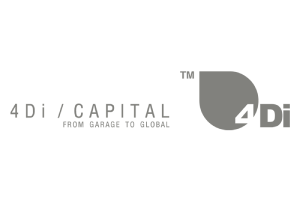
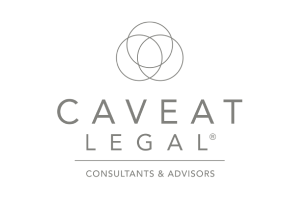
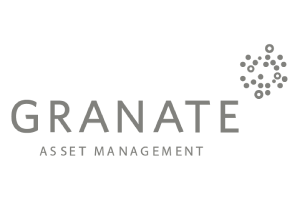
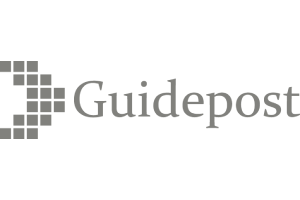
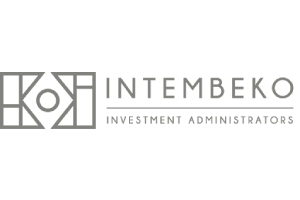
RESOURCES
Read Our Latest Insights.

Proactive Financial Management: The Key to Sustainable Growth with Cash Flow Forecasting
Proactive financial management is more than just good business practice, it’s a strategic approach that involves anticipating future financial challenges and opportunities, rather than merely

From Financial Struggle to Financial Success: A Roadmap for Business Leaders to Close the Financial Gap
Money might make the world go round, but it also keeps entrepreneurs up at night. It seems as if there is never enough to realize

The Top 3 Budgeting Tips From Experts
If you need expert advice on budgeting, then look no further At the start of any entrepreneurial journey, it might feel as if your money
FAQ
Frequently Asked Questions
When is the best time to prepare a budget?
Who is involved in the budget process?
For a small business where you are the owner and operator, you take ultimate responsibility for the budget. Getting financial expertise to assist you with this can improve the process significantly, but you know your business better than anyone, so you take ultimate responsibility.
For a medium-sized business, if someone is responsible for driving a specific line item in the budget, they should be part of the process of developing that budget. E.g.
- If you have a marketing manager who needs to achieve a certain marketing target, they should be part of the budgeting process in order to determine the cost of achieving that target.
- If you have a sales manager who needs to achieve a certain sales target, they should be part of the budgeting process in order to determine the cost of achieving that target.
Can I use my previous year's results as a budget for the following year?
Although it is tempting to use prior year expenses and merely adjust for inflation, your business could be in a very different position this year compared to last year.
- You may have doubled your sales since last year, therefore your service staff might need to double to provide those services.
- New staff require computers, desks, laptops, access to software, etc. All these need to be taken into account.
- You may have moved into larger premises. Your new rent budget needs to cater for your new space and not your old lease.
- You may have offered large discounts in the prior year to keep clients during tough economic times. These discounts may fall away in the new year.
As your business grows, you may be able to negotiate bulk discounts with your suppliers, increasing your profits. Increased profits will result in larger tax bills. You need to be aware of this.
I've prepared a budget a few months ago, but things have changed. I've started a new line of business or taken on a much larger client. What do I do with that budget?
What key performance indicators should I keep track of when setting a budget?
Each business is different and will have different indicators. Use some indicators that are specific to your business and industry. In general, so of the key business indicators to measure against are:
- Sales growth
- Gross profit margins
- Net profit margins
- Operating Expenses as % of sales
GET IN TOUCH
CFO Services
Please fill in your details below and one of our consultants will be in touch within the next 24 hours.
Services Lead Enquiry Form
"*" indicates required fields